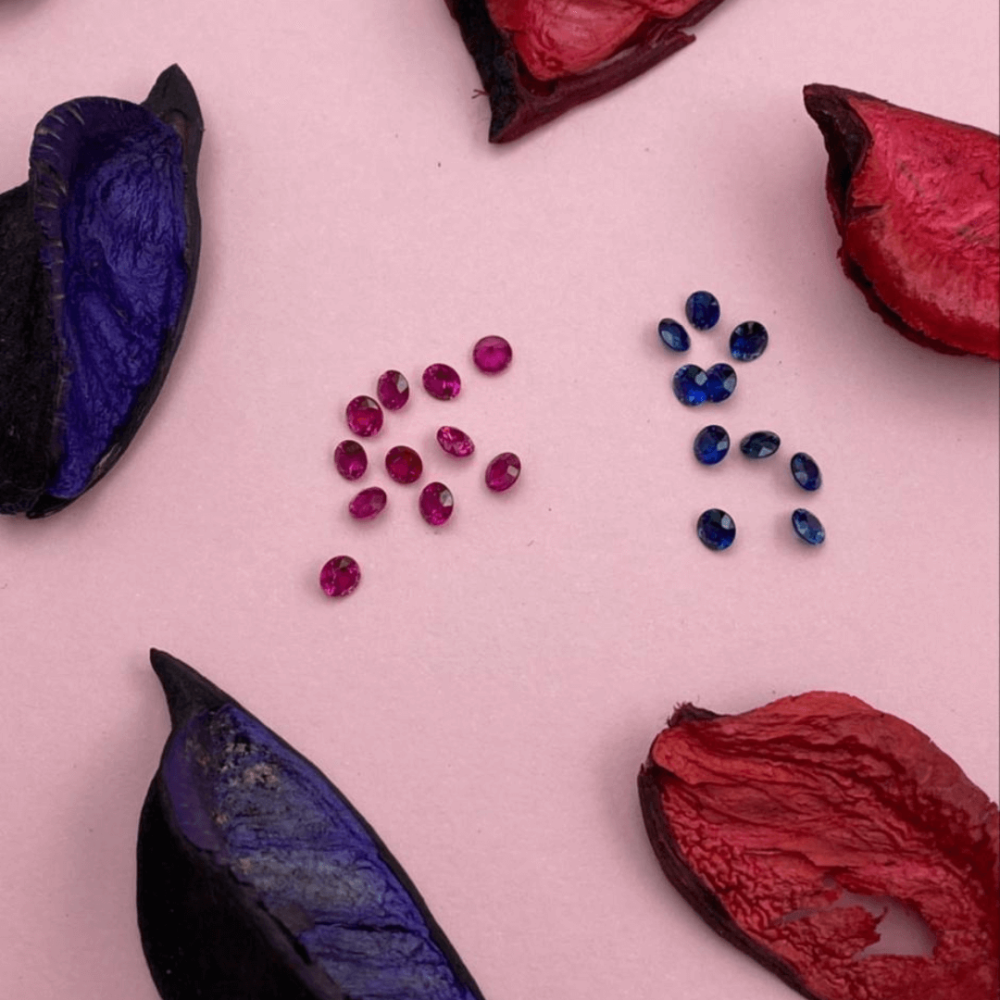Earth's Treasures have been used and adorned by humans and traded since ancient times. Gemstones are formed in the Earth's rock cycle, where they are subjected to high pressure and heat, resulting in various gemstones.
How is a suspected gemstone examined?
This is done by specialized gemstone examination laboratories. These labs conduct several tests to examine the stone and then issue a certified certificate accordingly.
What are some of the physical properties tested by gemstone laboratories?
1- Hardness (measured on the Mohs scale: it is defined that the harder stone scratches the softer one, and it takes a higher number on the Mohs scale, from 1 to 10).
2- Specific Gravity (the density of the stone compared to water).
3- Cleavage (the tendency of certain crystals to break along definite plane surfaces).
When do we call a stone a gemstone?
The classification of a stone as a gemstone depends on several factors:
1- The beauty of the gemstone.
2- The rarity of the gemstone.
3- The durability of the stone, meaning whether it can be used for a long time without being affected. To understand durability, let's take chalk as an example; when exposed to water, chalk deteriorates, making it unsustainable.
What are the gemstones recognized in Saudi Arabia?
The Saudi Arabian Ministry of Commerce has specified the gemstones that are considered gemstones only, which are:
1- Diamond.
2- Emerald.
3- Sapphire.
4- Ruby.
5- Natural Pearl.
What are the other stones called?
Stones that are extracted from the earth and were not listed in the previous list are known as semi-precious stones, such as:
1- Topaz.
2- Turquoise.
3- Alexandrite.
4- Natural Zircon.
5- Cultured Pearl.
6- Natural Coral.
There are other types of stones that are chemically similar to gemstones or semi-precious stones but were not extracted from the earth; they are known as synthetic gemstones.
How are synthetic gemstones manufactured?
Synthetic gemstones are manufactured using several different methods, such as HPHT (High Pressure High Temperature), where high pressure and high temperature are used, and a gas containing the compound from which the gemstone is to be made is injected.
How is a diamond manufactured in the lab?
A lab-grown diamond is produced through several stages:
1- A slice containing a carbon seed is placed in the HPHT device.
2- The device generates high pressure and high temperature, simulating what happens underground.
3- Carbon gas is injected into the HPHT device.
4- The diamond starts to form on the designated seed.
At Moelry, we prioritize the quality of gemstones and diamonds used in our jewelry. We ensure high-quality stones, commit to transparency, and provide information about the type of gemstone and its clarity level. We aim to earn your trust in the world of jewelry and gemstones.

